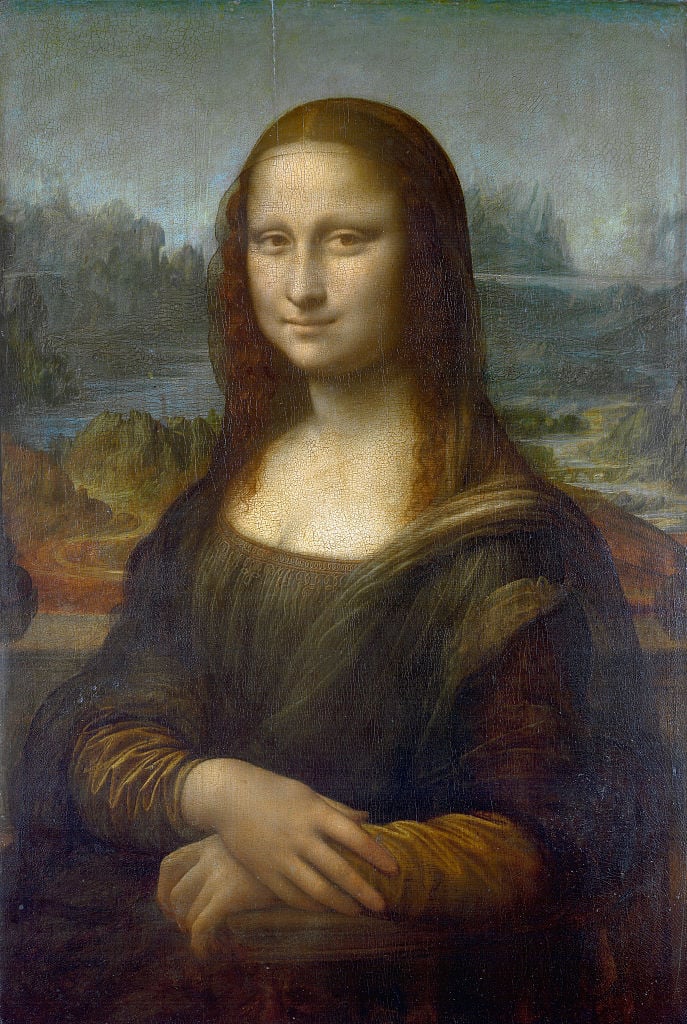Art History
Mona Lisa’s Other Secret—Where the Portrait Was Painted—May Have Been Solved by an Art Historian Using Drone Imagery
Digital reconstruction matches a bridge in Tuscany to the one in Leonardo's painting.

Digital reconstruction matches a bridge in Tuscany to the one in Leonardo's painting.

Jo Lawson-Tancred

It may well be the best known painting of all time, but mysteries still lurk behind the famous Mona Lisa smile. One longstanding historical dispute has been over the identity of the bridge in the background of Leonardo da Vinci’s celebrated portrait.
If scholars are able to reach an agreement on the matter, they would be able to pinpoint where exactly the painting was made.
Now, the Italian art historian Silvano Vinceti has put forward a new theory, according to the Guardian. He has claimed to be completely certain that the structure is the Romito di Laterina bridge not far from the town of Arezzo in Tuscany, which he studied using a drone.
The Etruscan-Roman era structure on the Arno river is now just a ruin, with only one of its arches remaining. Archival documents once owned by the Medici family, however, have shown that in the early 16th century it was a busy shortcut between the two banks. Other historical papers had also shown that da Vinci spent some periods staying with his uncle in the nearby town of Fiesole.
“We know he traveled through this part of Tuscany in the early 1500s—there is no doubt about that,” Vinceti told a press conference in Rome.
Vinceti has made a digital reconstruction of the bridge and, by measuring the width of the river and the length of each arch, has also determined that it must have originally had four arches, just like the bridge from the Renaissance masterpiece.
It appears that Vinceti considers himself to be a bit of a sleuth when it comes to solving art-historical mysteries, at least according to his Twitter bio. He has already made several previous claims about Leonardo’s painting, including that it was modeled on the artist’s male apprentice and lover Salai, and that the sitter contains tiny hidden symbols in her eyes that indicate the polymath’s interest in mysticism.
More Trending Stories: